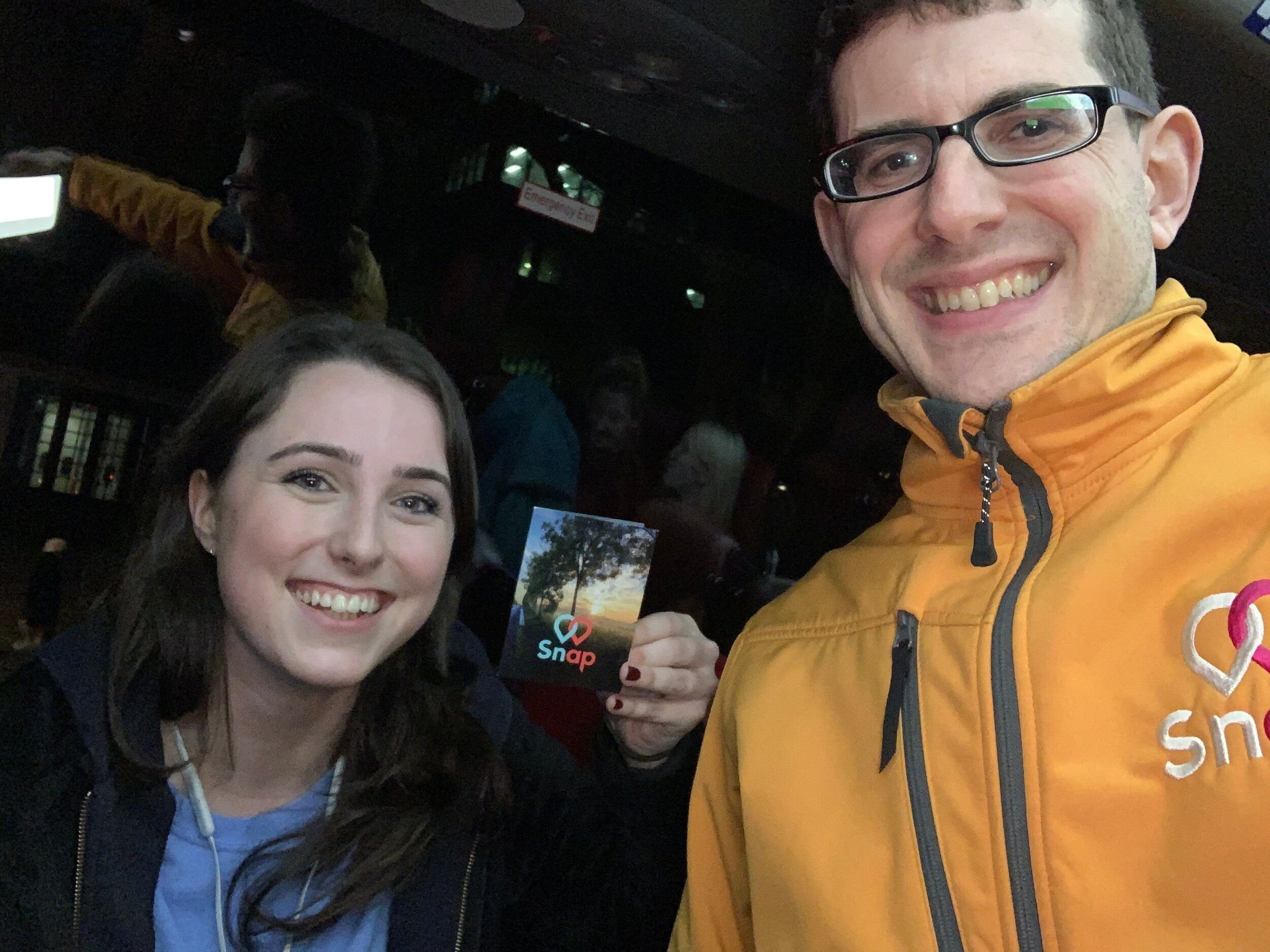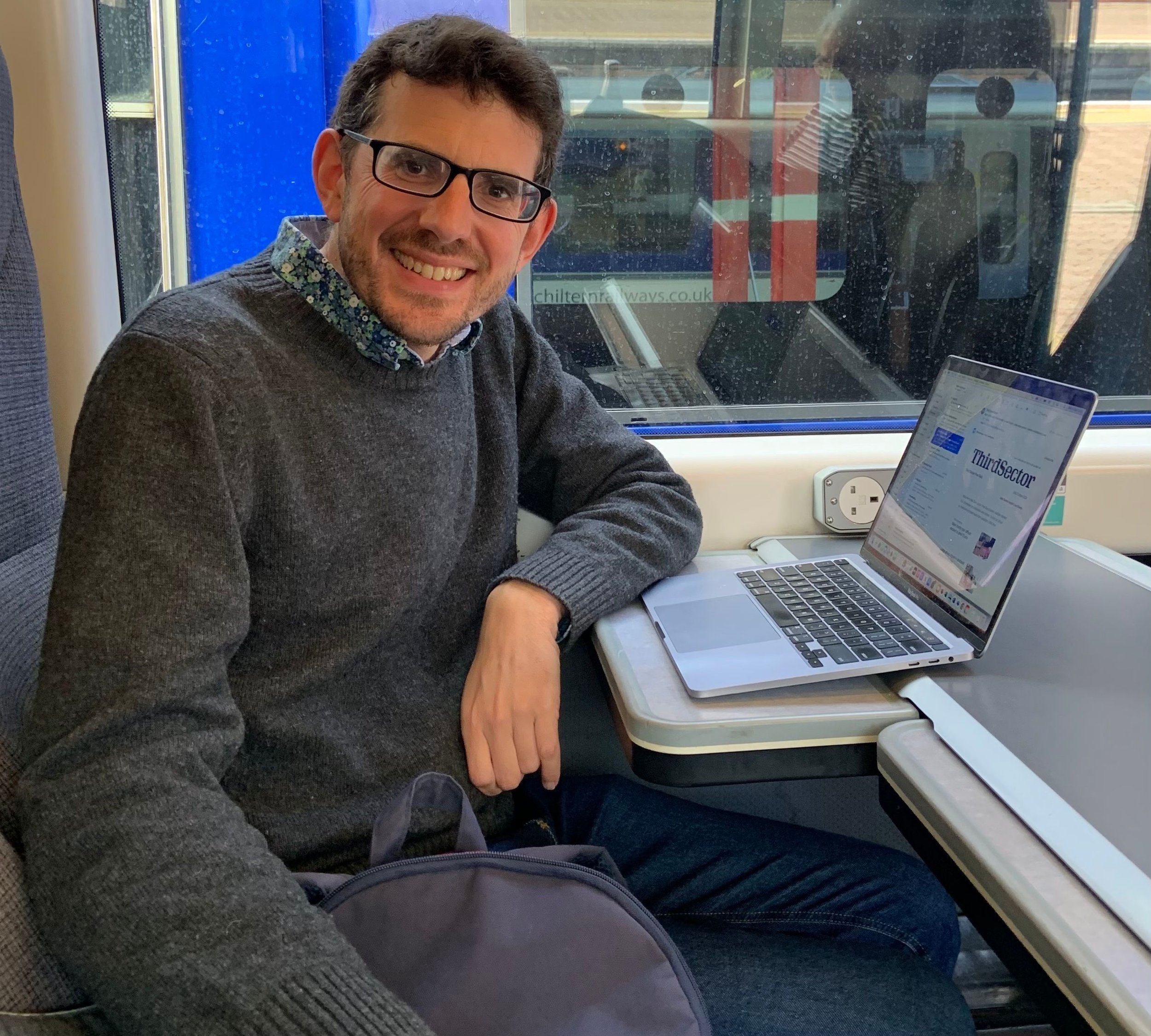My Top 20 ways organisations can get things done faster 4/4
Here are my final five ideas for moving forward faster
For the previous ideas, click here
16/20 DON’T COLLABORATE
When I was at TfL, no-one consulted me about the new names of the Overground lines.
No-one!
Even though I had some great ideas, I wasn’t even asked... 😟
GOOD!
It wasn’t my job!
Projects should involve the fewest people possible.
If three people are involved, there are three lines of communication. (you can draw it: draw three dots, and connect them each to each other. You’ve drawn a triangle, right?)
With 6 people, the number of lines of comms goes up to 15. (you can draw that. 15 lines is still manageable)
But with 10 people, it’s 45 lines.
And with 20 people, it’s 190 individual lines of communication! (you try drawing that!)
That’s why it’s really important to be clear at the start who makes the decision, who genuinely *must* be consulted and to be clear that no-one else is involved.
No-one.
Even someone who had a killer name for the Weaver line just WAITING to be heard...
(If you drew the diagrams I suggested, this is what you’ve just drawn. The left-hand diagram is the number of lines of communication when three people are involved, then six, then ten and the right-hand one when twenty are involved)
17/20 USE STARTUP TOOLS
A while ago, I published on this blog a list of the tools startups use to get things done faster.
Use them.
18/20 PR FAQ
Another bit of Amazon genius, this. (and for anyone that doesn't like the frequency with which I quote Amazon: remember that, even if there are things about them you don't like, they are very good at innovation)
This idea is called "working backwards".
It was inspired by the realisation that the very final thing that happens in a project is that the PR department will pull together an FAQ.
The idea is that they're ready for all the tricky questions they might get from journalists.
"But", realised the people of Amazon, "wouldn't it be a good idea to have the answers to the tricky questions at the start”.
Often the kinds of questions asked at FAQ stage are the kinds of questions that can help avoid misunderstandings in project delivery which slow things down.
So that's what they do: create an FAQ for every project right at the very beginning.
19/20 CONNECTING WITH CUSTOMERS
I hate this photo.
It's the only one I've got of me with a customer where I know I got the customer's permission to use the photo.
But I wish I had one that showed me doing what this post is about - actually engaging with cutomers directly, first-hand.
Innovative organisations always make sure senior leaders spend time on the front line.
It may sound irrelevant: why do that?
But innovation is about solving problems quickly. Who's? Well, all problems must be customer problems, even if indirectly.
So you can only innovate if you know what customers want.
Here's a blog post I wrote previously, illustrated with the same horrid photo.
20/20 FAST ESCALATION
When I was at Chiltern Railways, I wanted to put laptop-friendly sliding tables on our refurbished class 170s.
I'm not going to go into details of why: it's an argument I've already had (as I'm about to tell you).
The point was that the refurbishment budget wouldn't cover it.
Understandably, the engineers wouldn't do it without a budget.
But I was convinced it was the right thing to do to achieve the outcome we were looking for from those trains: taking market share from road and GWR between Oxfordshire and London.
So I knocked on the MD's door, opened it, sat down and explained the problem.
Rob Brighouse listened and challenged me.
He challenged quite a lot on this particular decision as my numerical evidence for the business case for these tables was pretty sparse.
But he also listened.
And he made a decision.
There and then. He didn't...
... ask me to bring it to a "Refurbishment Steering Group" meeting that wasn't due to be held for another six weeks
... ask me to commission a consultant to attempt to produce an econometric model on the effect of sliding tables on the business travel market
... ask me to get together with the Engineering Director and "agree it between us".
Or any of the other tricks and techniques senior folk can use to avoid having to take a decision.
He knew that this was a decision he needed to make, and he could best serve the company by making it quickly. He did what he needed to do.
But he could only do that if I took him the decision to make.
Chiltern Railways was a highly empowering environment. A key part of that empowerment is knowing when you need to escalate.
As I result, I got my tables…
And that marks the end of the Freewheeling Blog for 2024.
I’m taking a few weeks off at Christmas, like many of you.
Working in transport and mobility, I also know just how many of you won’t be taking Christmas off - or will be on-call. In the days when I was on-call or leading organisations, I used to love Christmas Day simply because it was the one day of the year when I knew I wouldn’t get phoned.
Whether you’re working or not, I hope you have a wonderful Christmas and New Year break.
If my ideas have inspired you, please drop me a line here. I can help organisations like yours with things like this. We can start small, with a management conference or an awayday. Let me know if I can help you move forward faster.
👋 I'm 𝗧𝗵𝗼𝗺𝗮𝘀. I help organisations like yours drive 𝗶𝗻𝗻𝗼𝘃𝗮𝘁𝗶𝗼𝗻, deliver 𝗰𝗵𝗮𝗻𝗴𝗲, and achieve 𝗳𝗮𝘀𝘁𝗲𝗿 results, drawing on 20 years of leadership across public and private sectors.
🚀 I offer 𝘀𝗽𝗲𝗮𝗸𝗶𝗻𝗴, 𝗺𝗲𝗻𝘁𝗼𝗿𝗶𝗻𝗴, and 𝗰𝗼𝗻𝘀𝘂𝗹𝘁𝗶𝗻𝗴 that energise teams, shape strategies and remove barriers to change. Whether you aim to accelerate innovation, drive change, or inspire your people, I’m here to help. Let’s talk!








